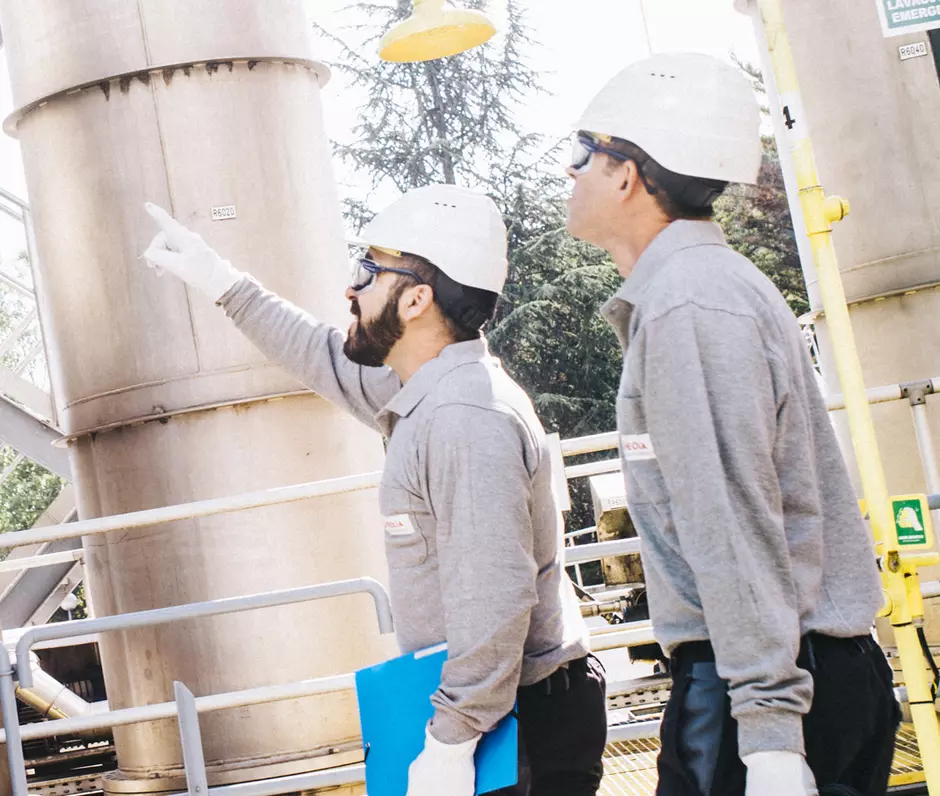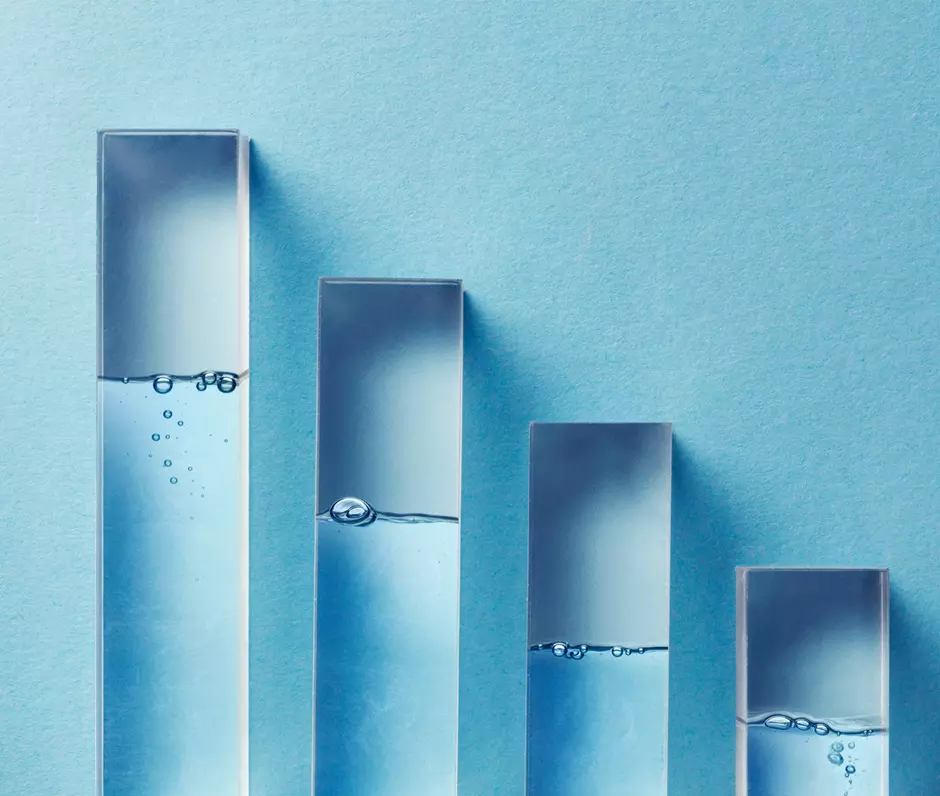Getting Started with a Water Audit
Water is a critical resource at food and beverage manufacturing facilities. In addition to being used as both an ingredient and cooking medium when producing products, water is also essential in a number of non-production areas, such as product washing, CIP (Clean-in-Place), facility sanitation, and utility operations—such as steam boilers and cooling systems. In addition to these water use areas, many plants have to contend with treating their wastewater and usually paying discharge surcharges as well. Therefore, it is important that companies understand how water is used within their facilities, its cost, and potential water related risks which may negatively impact operations at the facilities.
Companies may be faced with challenges that impact their water needs, such as facility expansions, increased water costs, higher wastewater surcharges, or impending discharge regulations. Food and beverage manufacturers can address many of these challenges by partnering with a professional water treatment company that is experienced in performing comprehensive facility audits. Properly undertaken, the auditing exercise can decrease the water footprint, significantly increase operational efficiency, and reduce overall costs associated with water usage.
Step 1 - Identifying Your Goals & Information Gathering
The first critical step is to identify or develop the key goals related to water. When performing a water audit, Veolia first meets with management and key stakeholders to thoroughly understand their specific goals and operational challenges. Is the facility in a water-stressed area and needs to significantly reduce its overall water usage? Is the municipal wastewater treatment plant starting to impose increased surcharges? Is the facility planning to increase production and needing to have access to more water? Are the plant’s utility systems struggling to keep up with production, operating inefficiently, or creating excessive downtime? Are there corporate sustainability initiatives that are requiring a reduction in water use? Whatever the specific challenges are at any given plant, identifying and outlining them with the management team will help guide the water audit process and ensure that it results in sustainable solutions to help the company overcome its challenges.
In addition to identifying the specific water goals, it is necessary to collect and understand the data and resources related to water qualities, sources, costs, usage, production output, and treatment processes being used within the facilities. Depending on the amount of data that is available, it may be recommended to create a data-gathering plan that includes water sampling and lab analysis to obtain a more comprehensive overview of each water system within the facility. These initial discovery steps help ensure the success of the overall water audit by identifying the most costly or problematic areas in the plant to focus on.

Step 2 - 360° Best Practice Evaluation and Site Audit
After meeting with the management team and completing a review of the available data, Veolia’s audit team performs a proprietary 360° onsite audit of the facility using a standardized process that was inspired by ISO (International Standards Organization) energy management and environmental methodologies. This next step in the water audit will validate the data received from the client, and create a comprehensive “water balance” or highly detailed map of how water is used throughout the facility. Site auditors will also spend time talking with various site personnel to identify operational processes and challenges.
The audit will trace how water is used throughout the facility, from when it enters the facility until discharge. During this process, every water-using system in the plant is evaluated. In addition to mapping water flow and consumption throughout the facility, water quality is reviewed for each system in the facility. Depending on the size and the variability of production at the facility, the water audit team may schedule multiple site visits to better understand swings that occur and analyze their impact on the various pretreatment, utility, production, and wastewater systems within the plant. Only after these steps have been completed can Veolia develop the comprehensive understanding needed to start identifying potential site-specific areas of improvement.

Step 3 - Analysis and Audit Results Review
After the onsite audit activities are completed, Veolia prepares a detailed audit report for the client, and reviews the data collected with the management team. During this step, it is critical to discuss any “potential” areas of improvement, compliance issues, and risks to the operation that were identified during the water audit. Additionally, Veolia will offer potential solutions that could be integrated to help the company achieve their overall business and water-footprint goals.
These solutions can be as simple as minor process changes to conserve water use, to more sophisticated and integrated solutions combining services, equipment and chemistry, and even include CAPEX technology investments in either production and utility systems to decrease the overall water footprint. These proposed solutions include the analysis of their estimated ROI (return on investment) and the operational impact if they were to be integrated. Using this methodology, the Veolia auditors and the management team can conduct an open dialogue on what solutions best align with the company’s overall business and environmental goals, as well as the prioritization of each system that was evaluated within the scope of the audit.

Step 4 - Implementation & Execution Timeline
After working with the management team and confirming their desired business objectives and investment thresholds, Veolia then transforms the water audit data and outcome of the discussions with management into a detailed executable plan with specific cost estimates that include a detailed economic analysis for each system studied within the scope of the audit. In many cases, this plan has a tiered timeline that prioritizes water projects that are most critical to the operations of a facility or provide the quickest return on investment. As well, since most water systems in a plant are interrelated, the execution of one project may impact the downstream efforts on the next project. In some cases, this tiered implementation can “self-fund” the overall water footprint reduction initiative. Savings that result from early phases can be used towards future phases. This allows companies with limited CAPEX and OPEX to execute a water strategy in a very economical responsible method.

Conclusion
It is important for companies to gain the insights they need to start more efficiently managing their water resources. Companies that undergo a comprehensive water auditing can pinpoint specific areas of improvement at their facilities and integrate economically feasible services and technologies that significantly reduce water demand and costs. As a result, these facilities benefit from reduced operational costs, increased sustainability, and a smaller water footprint.
The process described in this article overviews a comprehensive water and wastewater audit designed to reduce overall water consumption. However, these audits can also be conducted on a smaller scale to pinpoint specific processes or equipment to optimize the water use within these areas. Therefore, food and beverage companies can uncover significant benefits, regardless of the overall scale and scope of the water audit at their facility.


